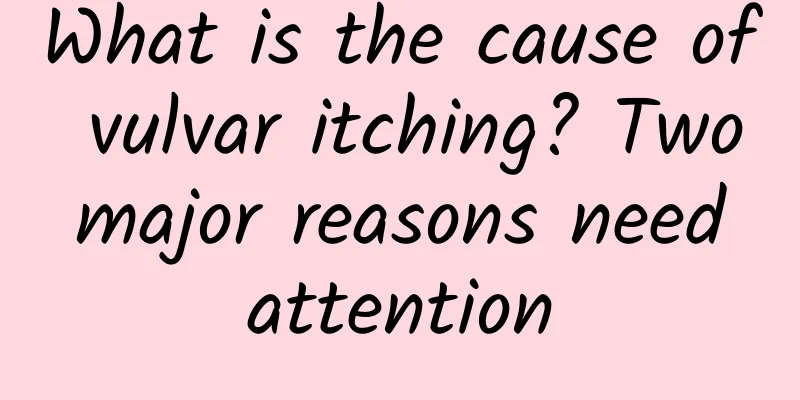What to eat to prevent cerebral infarction

|
Cardiovascular and cerebrovascular diseases are now a high-incidence and dangerous disease, especially for the elderly. The incidence rate is high and the mortality rate is extremely high. Most patients are brain dead. Cerebral infarction is one of them, and the incidence rate increases with age. So, what foods can be eaten regularly to prevent cerebral infarction? Yes, and quite a few of them. The main thing to prevent cerebral infarction is to eat some light, low-cholesterol foods. Let me introduce it in detail below. Limit high-cholesterol foods Reduce the total amount of fat in your daily diet, increase polyunsaturated fatty acids, and reduce animal fat to reduce the liver's synthesis of endogenous cholesterol. When cooking, do not use animal oil, but use vegetable oil, such as soybean oil, peanut oil, corn oil, etc. The dosage is 25 grams per person per day, and it is best to be within 750 grams per month. Some foods such as onions, garlic, mushrooms, fungus, kelp, hawthorn, seaweed, light tea, konjac, etc. have lipid-lowering effects and can be selected according to needs and prepared into recovery meals suitable for patients. Appropriately increase high-quality protein As the amount of fat in the diet decreases, protein should be increased appropriately. It can be provided by lean meat and skinless poultry meat; you should eat more fish, especially marine fish. Eating a certain amount of soy products every day, such as dried tofu, is beneficial for lowering blood cholesterol and blood viscosity. Control sugar intake Although fat intake is controlled, the intake of refined sugar and sugary sweets, including snacks, candies and beverages, cannot be ignored. When you drink too much sugary drinks and sugary sweets, the sugar in your body will be converted into fat and accumulate in the body. This will still increase your weight, blood sugar, blood lipids and blood viscosity, which is extremely detrimental to the recovery of cerebral thrombosis, so you must also control your sugar intake. However, if patients with cerebral thrombosis also suffer from diabetes and use hypoglycemic drugs to develop hypoglycemia, they can drink appropriate beverages to prevent blood sugar from continuing to drop. Once transient hypoglycemia is relieved, they should stop drinking sweet beverages. Low-salt diet Some patients with cerebral thrombosis have concurrent hypertension, so the amount of salt used should be small and a low-salt diet should be adopted, 3 grams of salt per day. Salt can be added after cooking and mixed well. If you add salt during cooking, the dishes will still be bland and difficult to eat. In order to increase appetite, you can add some vinegar, tomato sauce, or sesame paste when stir-frying. In addition to its flavoring effect, vinegar can also accelerate the dissolution of fat and promote digestion and absorption. Sesame paste is high in calcium and regular consumption can supplement calcium. Calcium ions can increase the density of the vascular endothelium and are beneficial in preventing cerebral hemorrhage. |
<<: What is the best way to wash your face when it itches?
>>: What food is good for patients with cerebral infarction?
Recommend
Is it good for men to sleep naked? What are the benefits of sleeping naked for men?
Many couples nowadays psychologically accept each...
What are the causes of loss of smell?
The nose is not only used for breathing, but also...
What are the early symptoms of internal hemorrhoids? How to prevent internal hemorrhoids?
The early symptoms of internal hemorrhoids are no...
Side effects of Roselle
Many people don't know much about Roselle. Wh...
Chest tightness after dreaming
The human brain will not stop working completely....
Treatment of cystitis
Cystitis is a very common inflammation of the bod...
What causes hematuria? How to treat it?
Hematuria is a symptom that occurs in some people...
What causes swollen legs and feet during pregnancy?
During pregnancy, it is quite common to have swol...
What is the reason for not getting enough sleep?
Everyone needs a certain amount of rest and sleep...
Diet for patients with hypothyroidism
Patients with hypothyroidism cannot consume high-...
What are the effects of massage in treating cervical spondylosis?
Health care is of great significance to us. We ha...
What is the reason for the transparent gelatinous substance in the stool?
When the human intestine is affected, the shape o...
At what week is it easy for the umbilical cord to wrap around the neck?
For pregnant women, the umbilical cord around the...
Medicinal value of ginger powder
KFC has developed very fast in China. In just a f...
Formula for treating gout with Chinese yam
The main effect of Chinese yam is to treat muscle...









